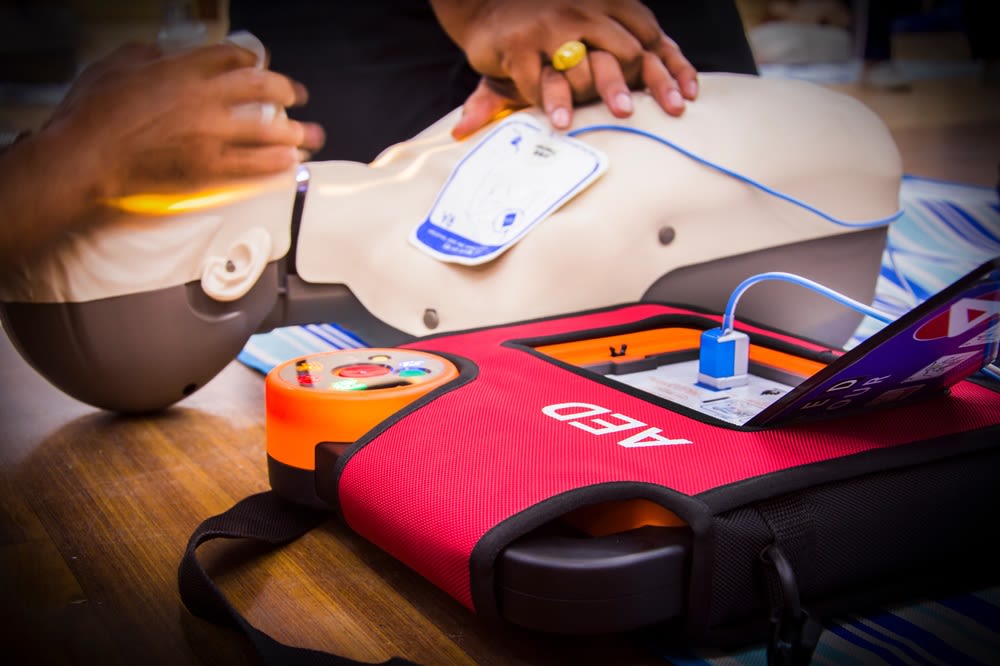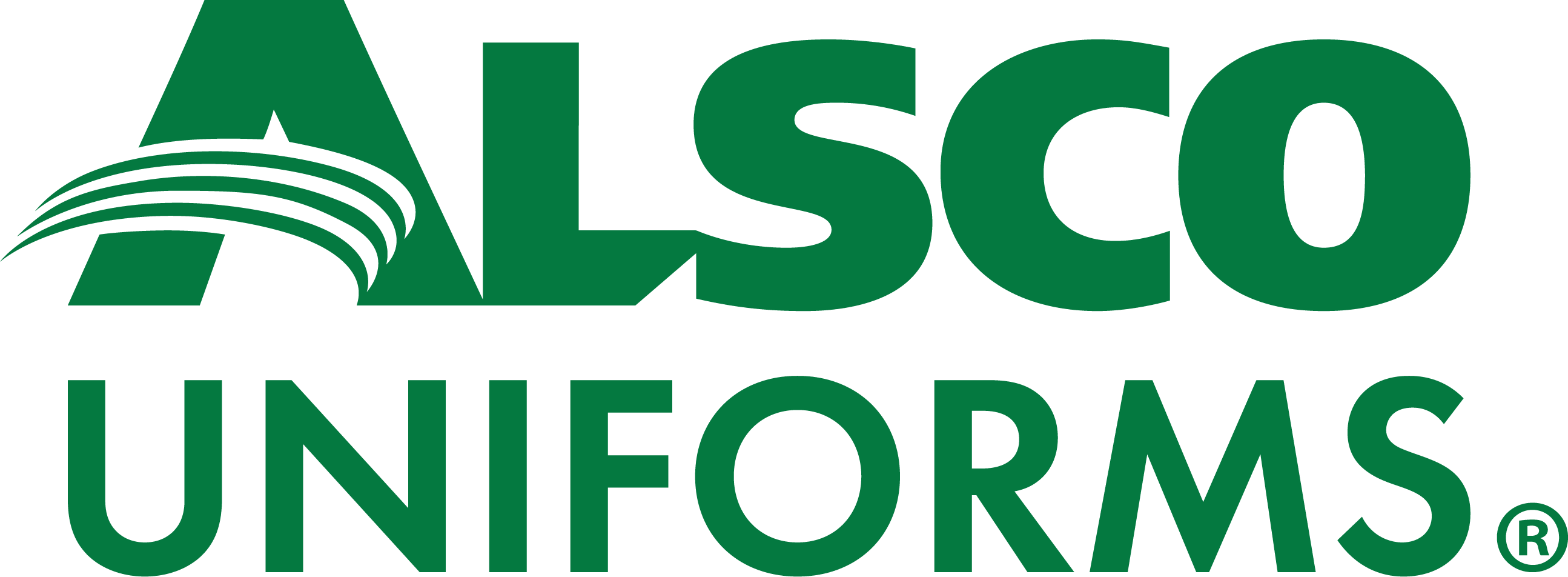
An office may not be a place that we strongly associate with medical emergencies, but they happen in offices, just like they do everywhere else. Cardiac arrests can come seemingly out of nowhere and affect hundreds of thousands of Americans each year. If not properly treated, people can and do die from these cardiac events. An AED in the office can be life-saving.
Why an AED Needs to Be Non-Negotiable
An automated external defibrillator (AED) can be an essential life-saving tool. Some of the main reasons an office should consider them non-negotiable include the following:
1. Rules & Regulations
In some cases, it may be legally required that an AED be present at a site. Whether this is true or not will depend on the specifics of your business and where that business is located. Failing to follow relevant safety rules can leave a business legally liable in the event of a medical emergency and could also result in fines and other problems. As a very general rule, the more likely a cardiac arrest is to occur in a particular industry, the more likely it is that rules and regulations will be developed that require a business to be prepared for such incidents.
Rules and regulations also aren’t typically put in place arbitrarily. These rules exist to help keep workers safe and reduce unnecessary risk at a site. If your business falls under a particular set of safety regulations, remember that those rules are designed to save lives. Having the right tools available in the event of a medical emergency can easily be the difference between life and death.
2. Frequency of Cardiac Arrests
More than 350,000 out-of-hospital cardiac arrests (OHCA) occur each year in the United States, and these events are among the leading causes of death in this country. Cardiac arrests can be difficult to predict and can affect almost anyone. Discussed in more detail later, cardiac arrests need to be treated promptly, or the potential for irreversible harm is significant.
For added context, cardiac arrests interrupt a person’s heart rhythm, interfering with the body’s ability to have blood flow properly. When a cardiac arrest occurs, a regular heart rhythm can be restored with an AED.
Coupled with the frequency of these events, this is what makes an AED so important. Without an AED on site, there is only so much that can be done to help someone having a cardiac arrest.
3. First Responders Need Time
Even if a cardiac arrest is identified promptly and emergency services are called as soon as possible, it takes time for medical professionals to arrive at a scene. Once 911 is called, the average response time for first responders is between eight and 12 minutes. Even this window is a general estimate, and it might take much longer in some areas and situations. For example, local traffic, weather, and other factors can mean it takes first responders significantly longer to reach people in need. This help is still important and you should always call 911 in a medical emergency, but a person having a cardiac arrest should be helped immediately with use of an AED.
An AED helps to make sure that a person can get at least some level of help quickly. By getting their heart back into rhythm quickly, the risk of permanent harm resulting from a cardiac arrest can be significantly reduced.
4. Wasted Minutes Can Kill
For every minute that passes from once a person experiences a cardiac arrest to when they receive defibrillation, their odds of survival are reduced by approximately 10%. Coupled with the fact that one can typically expect a wait of eight to 12 minutes once emergency services are called before professional help arrives, time should be seen as a hugely important factor in managing the odds that someone survives a cardiac event.
Using an AED isn’t all that should be done if a person experiences a cardiac arrest, but it is one of the very first things to do if you want to maximize that person’s chance of survival. If an AED is on site, that will typically mean at least eight minutes can be cut off from how long they need to wait before being defibrillated.
5. It’s Simple & Effective
An important factor that bears highlighting about AEDs is that they’re fairly simple, at least from the user’s perspective. While they need to be maintained and should be used with some basic level of training, they’re designed to be intuitive and to only administer a shock if the person they’re being used on would benefit from that shock.
These tools aren’t just a gimmick. An AED is howone restores a regular heart rhythm during cardiac arrest. There isn’t some cheaper alternative that is equally as effective. If a business wants to keep its employees and customers safe in the event of a cardiac arrest, this is what experts recommend.
Remember Training & Maintenance
Having an AED on site is only useful if employees know how to operate it and the AED is in working order. If you or your team equips a site with an AED, make sure multiple employees are trained in its use and that it is inspected and replaced as recommended by the manufacturer of the device. Also, make sure all employees know where it is located.
Additionally, a company should keep its employees generally well versed in emergency aid, not just in the use of an AED. That way, a business can keep employees protected in a wide array of medical emergencies rather than only in one of the most common types of emergency.
Let Alsco Equip Your Business
Fundamentally, AEDs are important if you want to keep workers and customers safe. Cardiac arrests are both dangerous and common. A business without an AED just isn’t prepared for these events and that lack of preparedness can potentially cause avoidable deaths.
If your business is looking to stay prepared in the event of a medical emergency, Alsco Uniforms can help. We can equip a business with AEDs, PPE, first aid equipment, and more. We welcome you to explore our site and see what we can offer.
References
What Is AED? American Red Cross.
